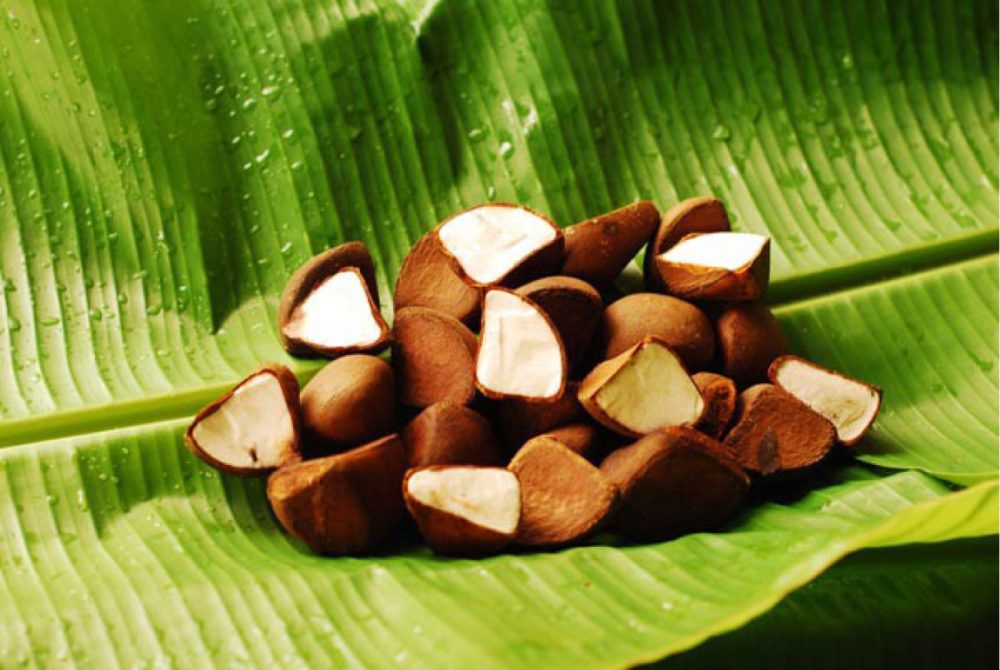
Carapa guianensis
Andiroba is a towering rain forest tree, reaching a height of up to 300 feet (90 meters), found in tropical Brazil, Colombia, and Guyana. It produces fragrant flowers and a brown, woody four-cornered nut three to four inches (eight to ten centimeters) across that resembles a chestnut and contains an oil-rich kernel. The oil of the nut, the tree bark, leaves, and seed oil are used medicinally.
Uses
Andiroba oil is an anti-inflammatory due to the presence of compounds known as limonoids. It promotes normal circulation to the skin and relieves pain and swelling. The Northwest Amazons use the bark and leaves for fever reducing and worm-inhibiting tea, and externally as a wash for skin problems, ulcers, and insect bites, and as an insect repellent. Brazilians use the seed oil as an antiarthritic and anti-inflammatory, while the fruit oil is ingested for coughs.
Benefits of andiroba for specific health conditions include the following:
Arthritis and rheumatism – Hot andiroba oil is rubbed into the skin to relieve arthritis and rheumatism.
Fractures – Andiroba oil is rich in beneficial omega-3 fatty acids. These essential fatty acids are quickly absorbed through the skin and circulated to the area of a fracture. There they offset the production of chemicals that cause inflammation and restrict circulation. Increased circulation reduces swelling, and decreased production of inflammatory chemicals reduces pain.
Skin damage from cuts, scrapes, and abrasions; gonorrhea; insect bites; and psoriasis. Andiroba oil accelerates healing of skin damage by providing myristic acid, one of the chemical building blocks of an enzyme that links together the proteins that form the skin’s protective outer layer. In treating psoriasis, this chemical also signals skin cells when it is time to stop growing, which prevents scaling. One of the fatty acids found in andiroba oil, linolenic acid, also helps restore a normal life cycle to skin cells. This chemical stops the uncontrolled growth of skin cells in psoriasis, as well as the uncontrolled growth of the pigment-producing cells that cause age spots.
Andiroba is also used as an oil applied to the skin. It is also used as a base for antiwrinkle creams such as Aveda and Oil of Olay. The fats in the oil transport healing alpha-hydroxy acids and other ingredients as they moisturize and protect the skin.